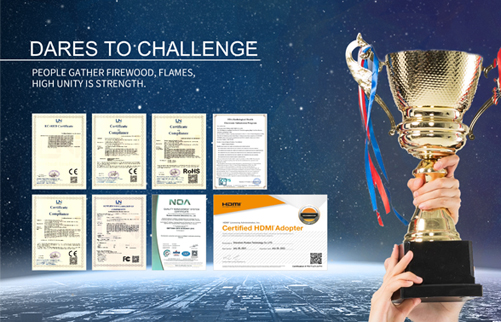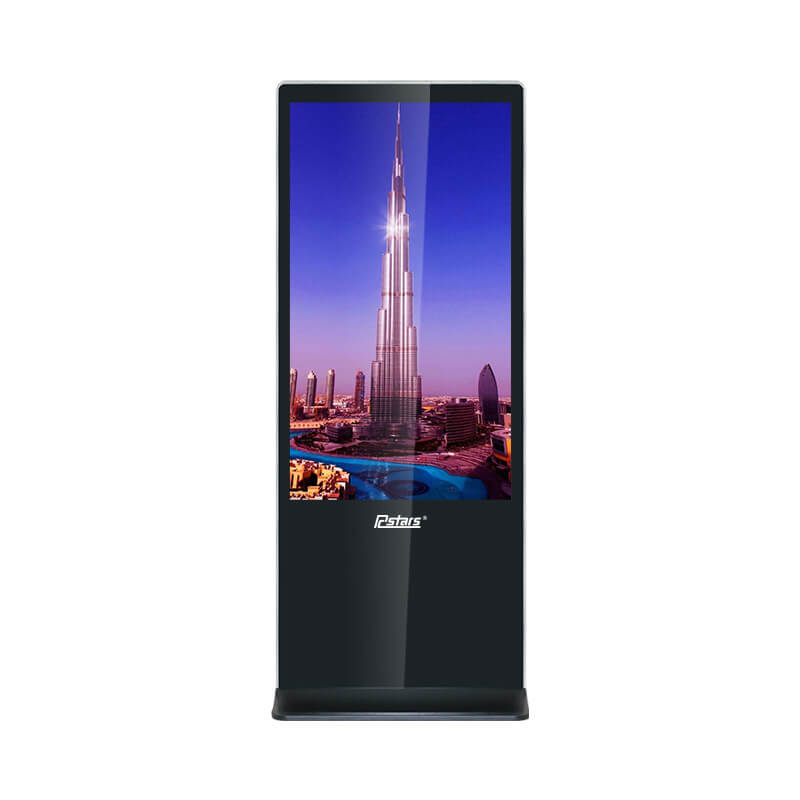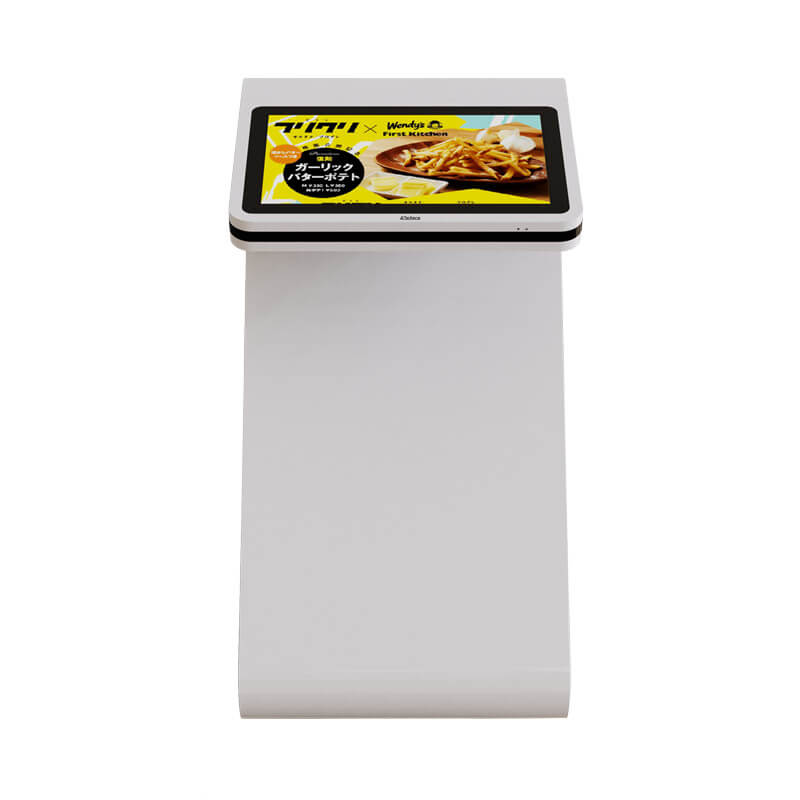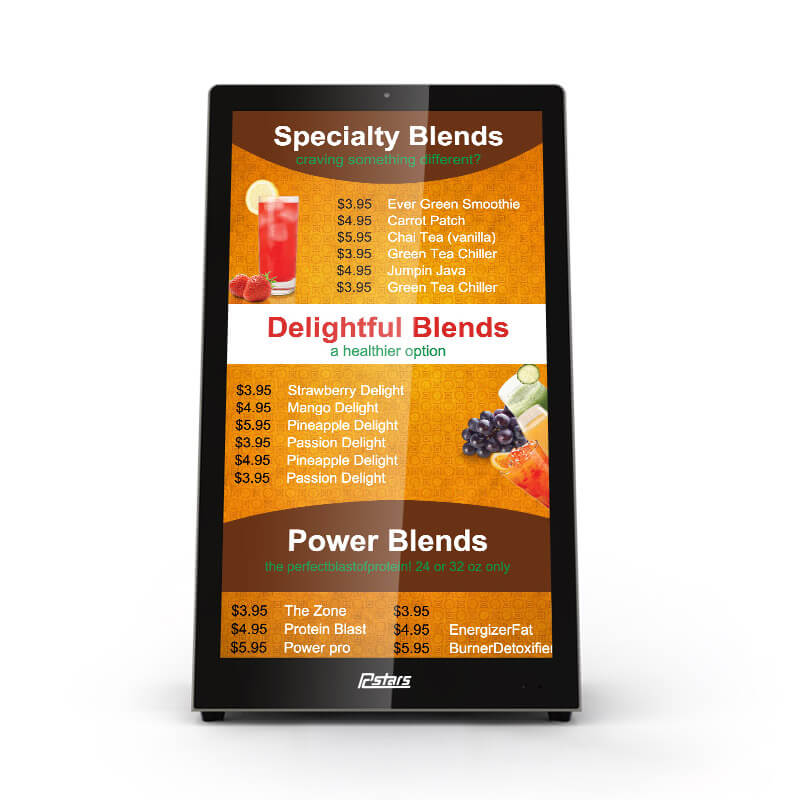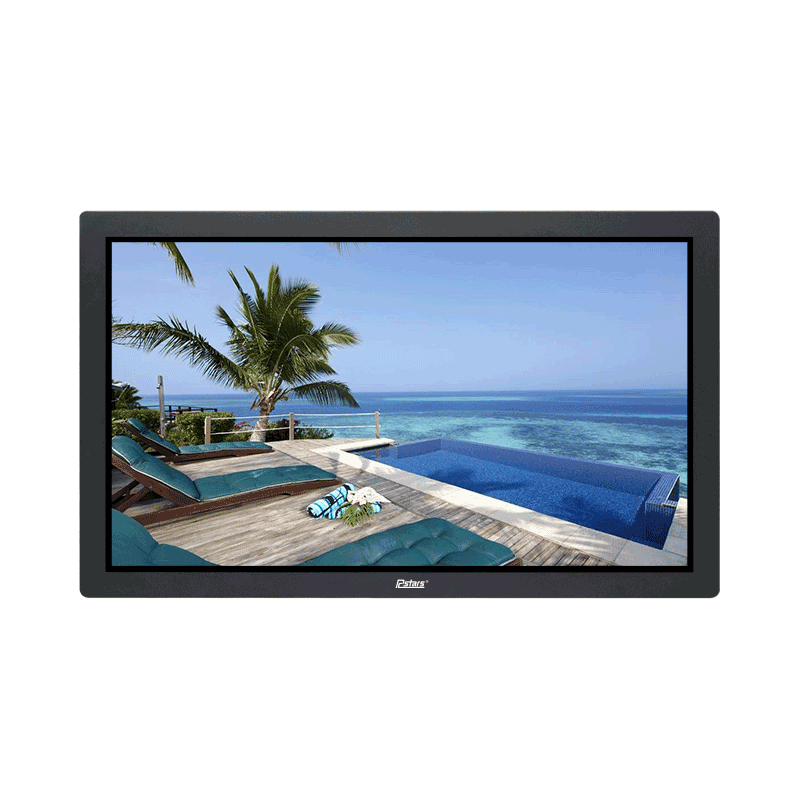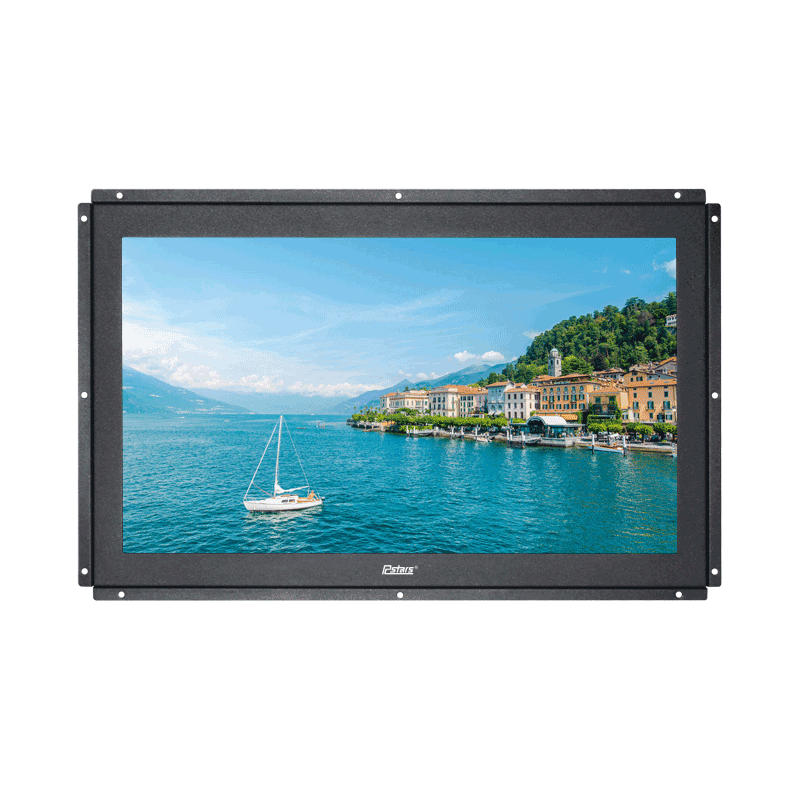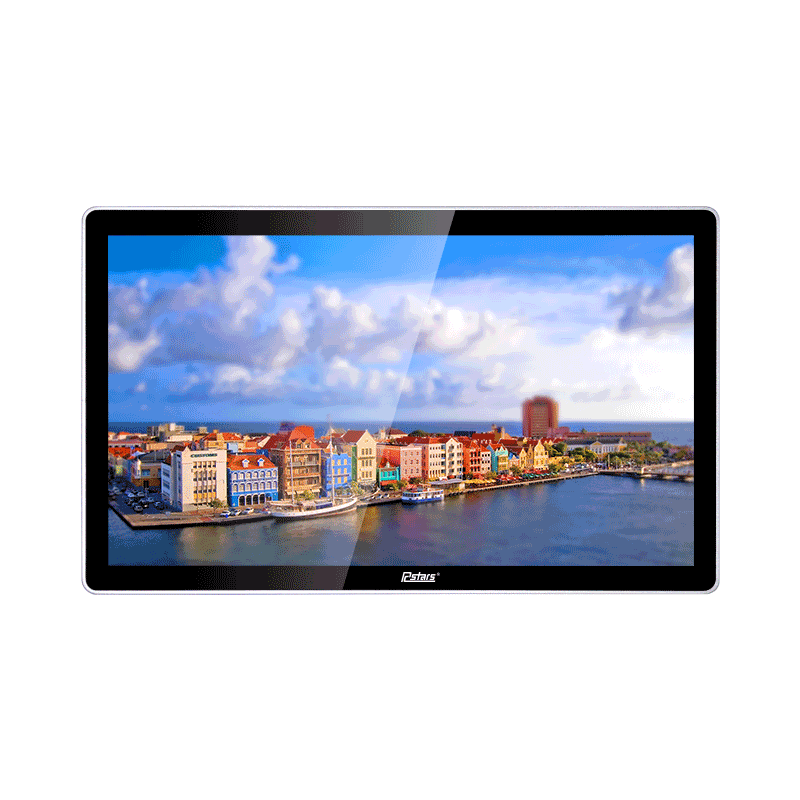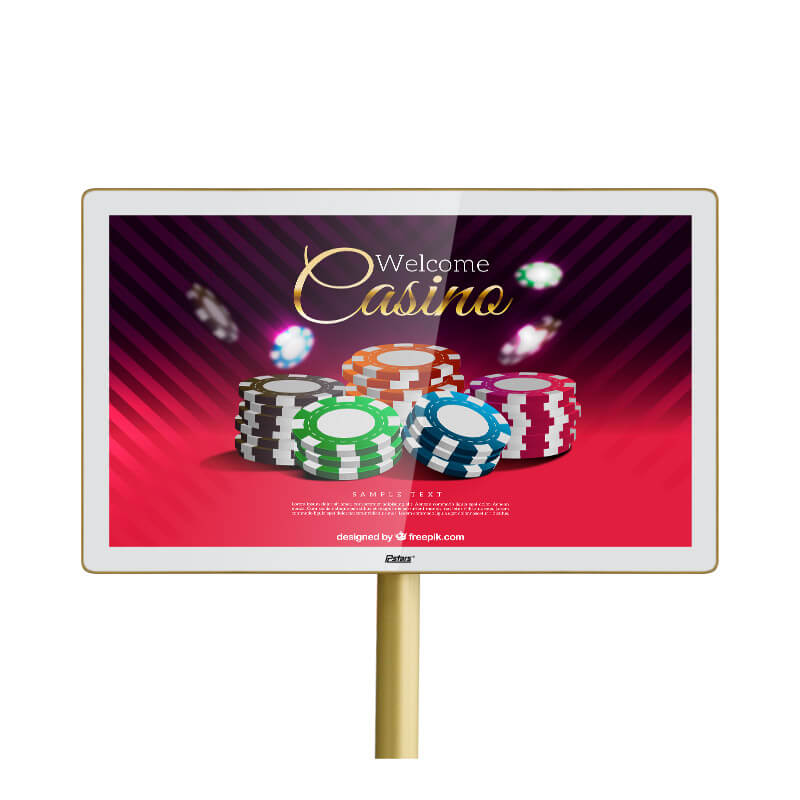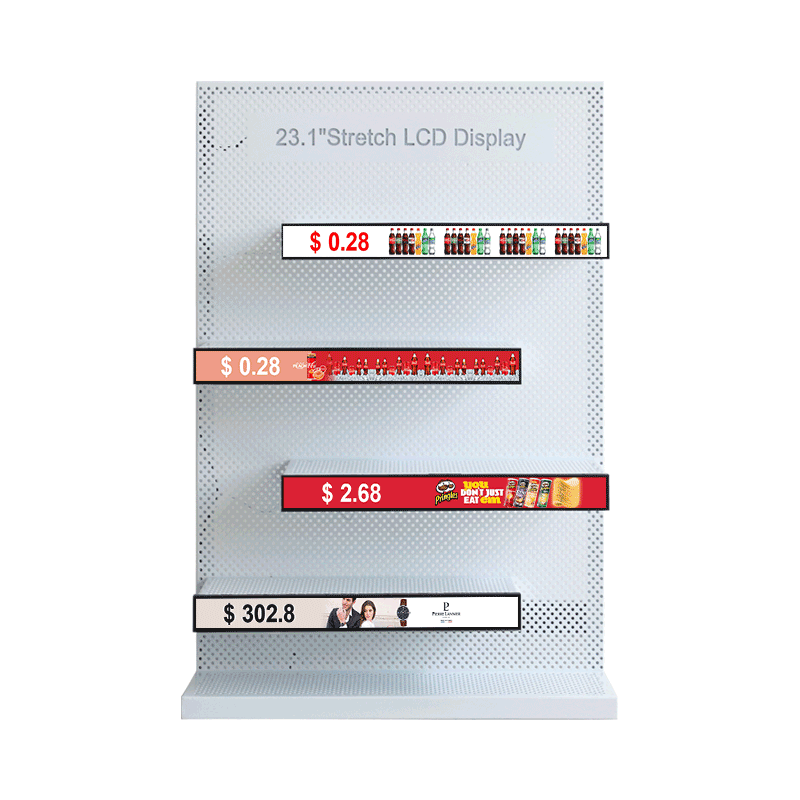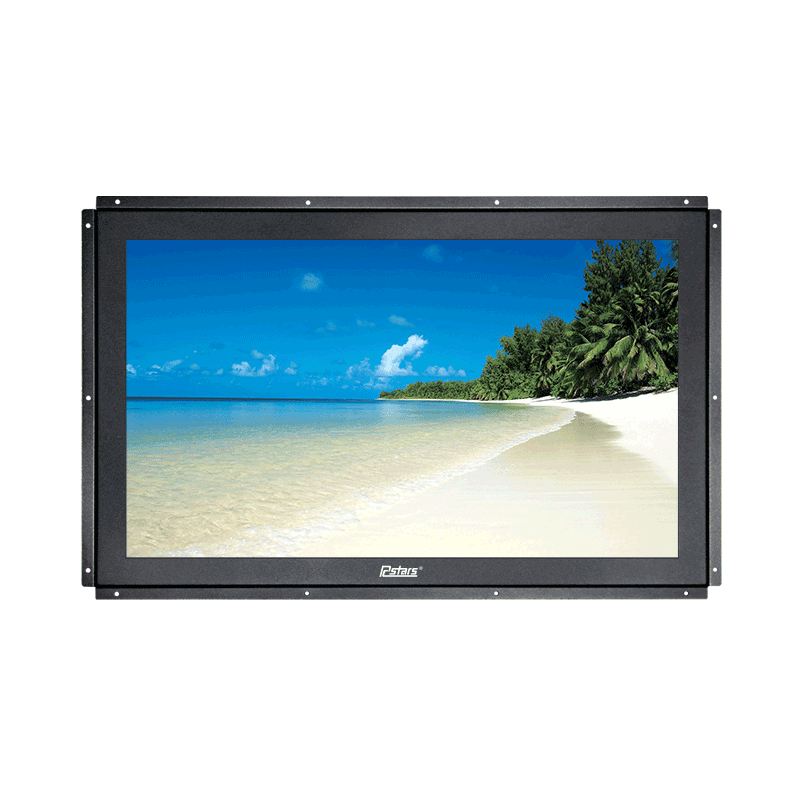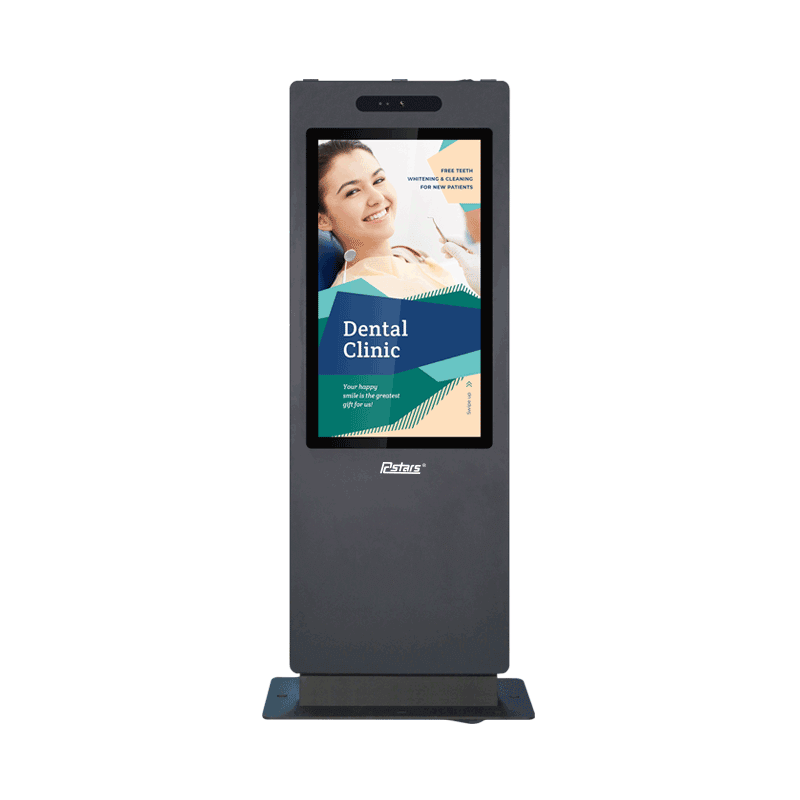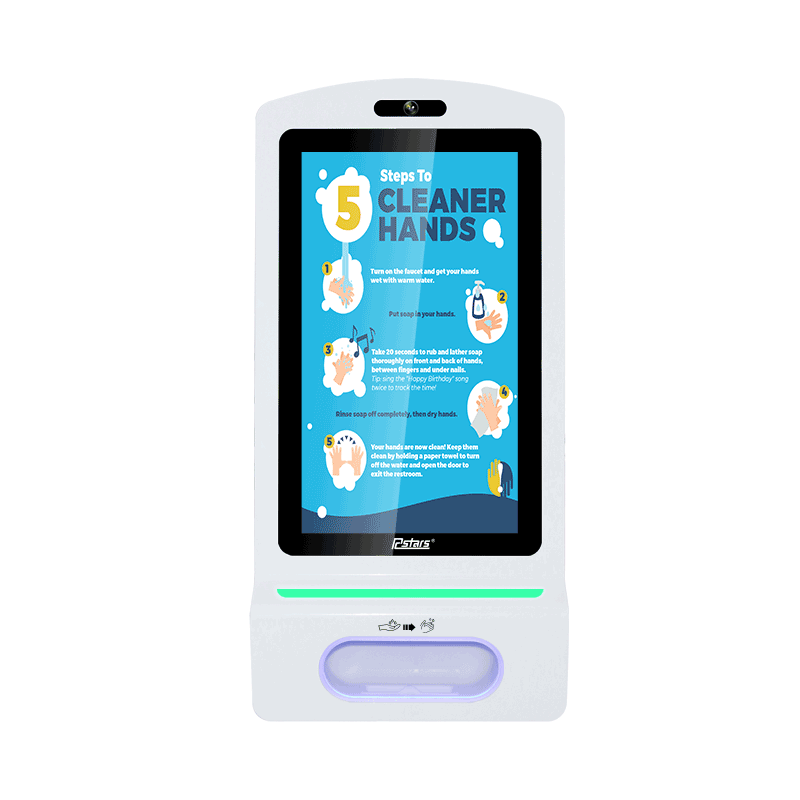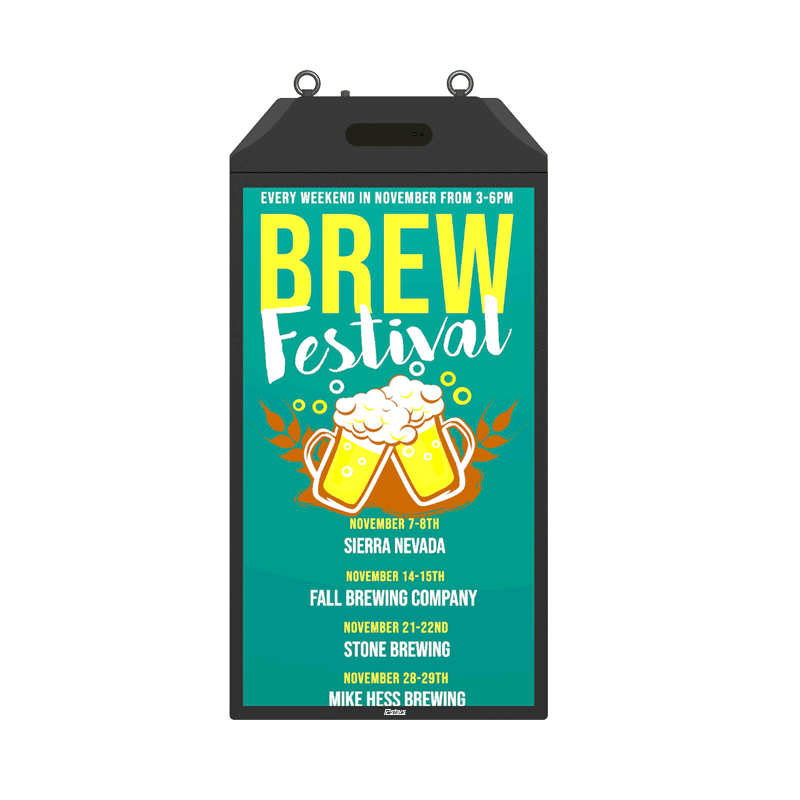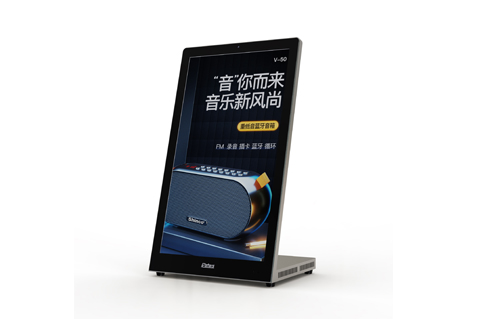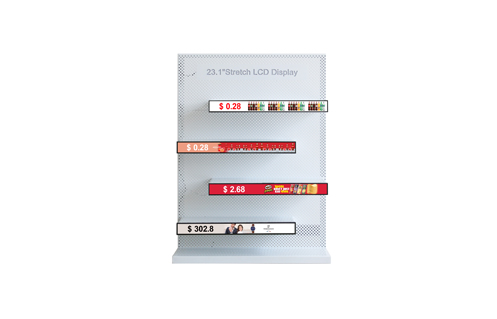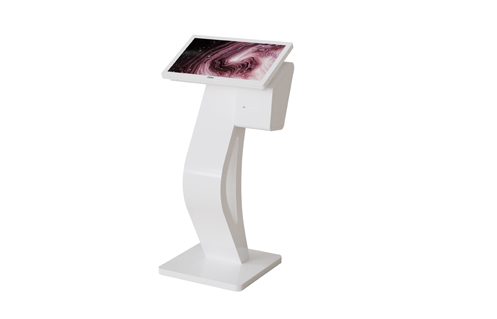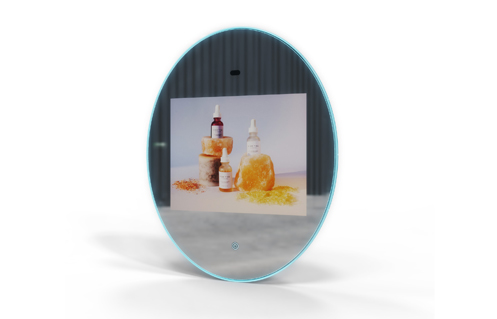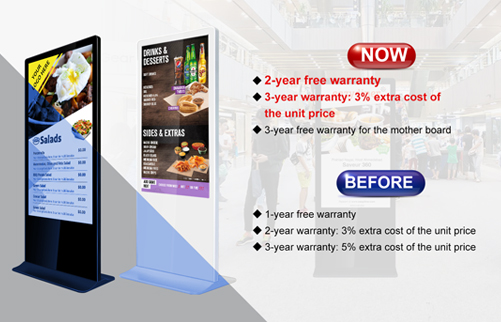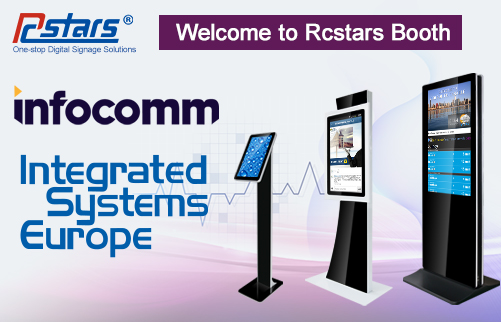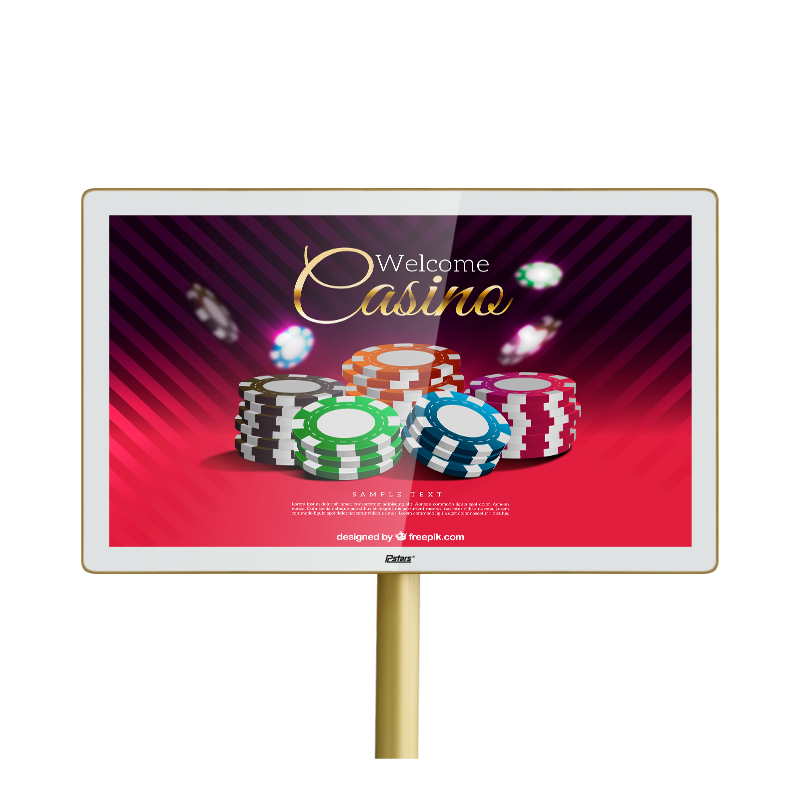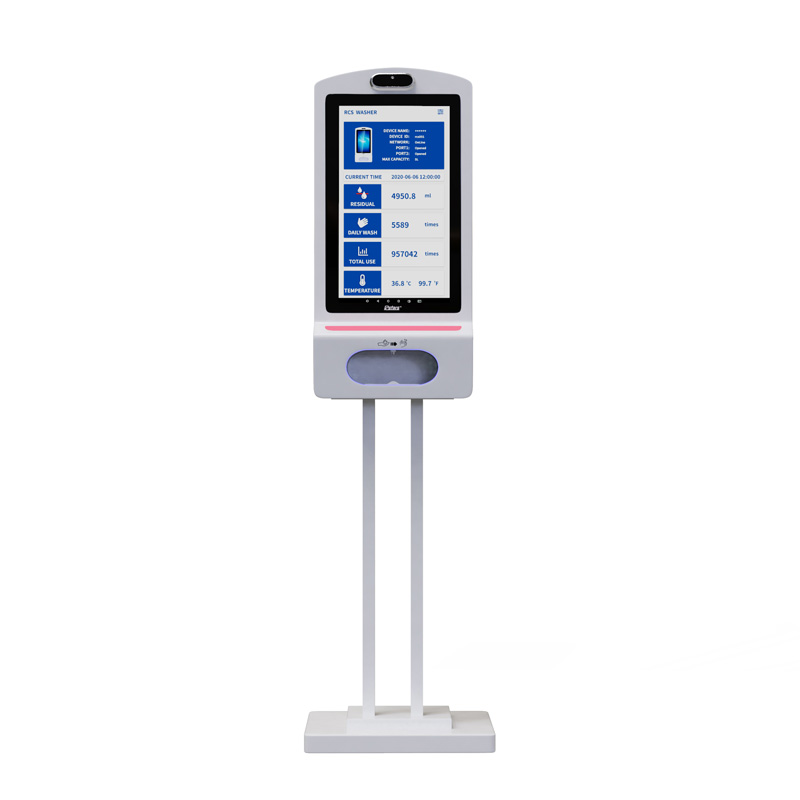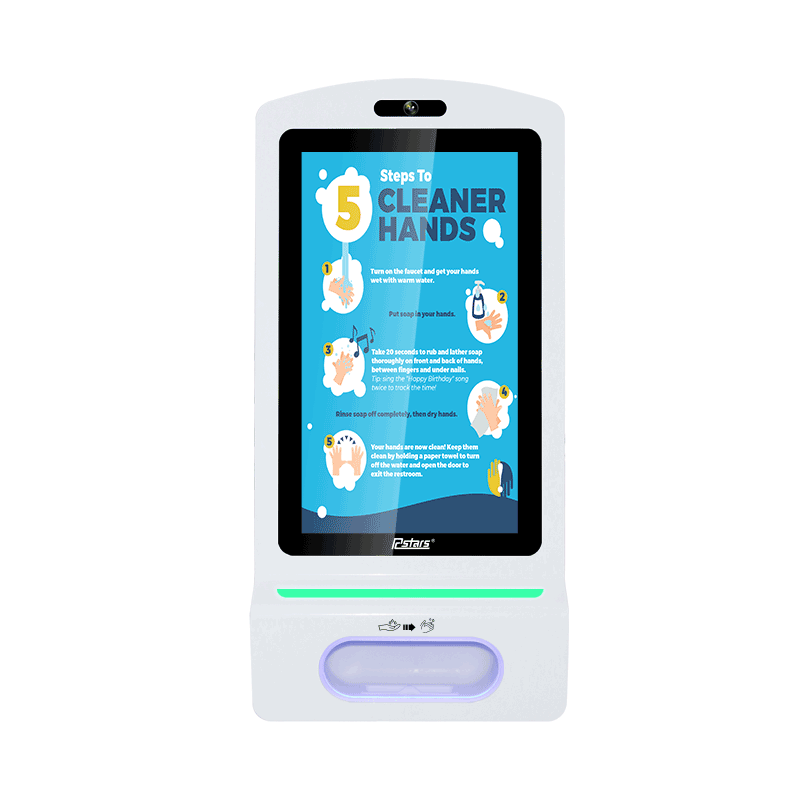Kiosks are digital displays or small structures that businesses place in high-traffic areas to provide information or offer self-service options, often containing interactive displays. In this article, we'll learn about the different types of kiosks, how they can improve your business, and how real-life companies can implement kiosks in their business operations.
Interactive Kiosks
Interactive kiosks are something that customers can engage with, not static. Interactive kiosks can help customers with wayfinding and navigation, self-order or registration, shopping, and even provide Internet access.
Wayfinding Kiosks
As we mentioned before, when people think of kiosks, this is the type that usually comes to mind. Wayfinding kiosks help customers find their way around your space with directories, maps and orientation displays.
Whereas wayfinding kiosks used to be static, today you'll typically find kiosks with touch screen capabilities that shoppers can use to search or explore your map.
Self-Service Kiosks
Another popular type of interactive kiosk is the self-service kiosk. Customers can use it to conduct their own shopping activities without recruiting or waiting for help from store employees. Self-service kiosks are found in a variety of industries, including restaurants, hotels, grocery stores and convenience stores. Customers report that they would be more likely to patronize a restaurant if a self-ordering kiosk were available.
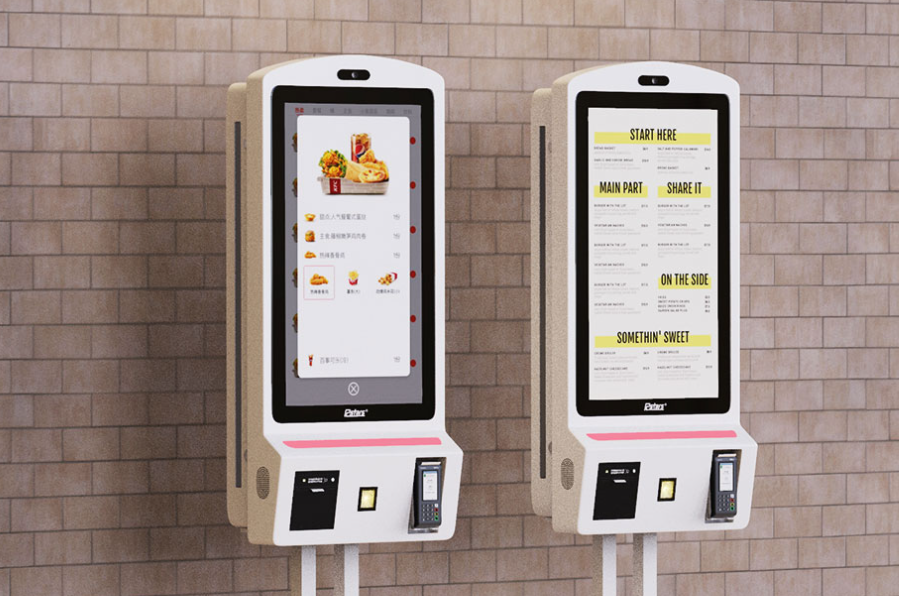
32 Inch YO series Smart ordering kiosk
Shopping Kiosks
Kiosks are exactly what they sound like - they are large vending machines filled with your store's products. Customers can use them to buy goods while they are outside your store. You'll often find them in airports, large shopping malls and hotels, where they often stock smaller items such as cosmetics, accessories, technology products and other gadgets.
Internet Kiosks
Internet kiosks are digital displays that provide Internet access to the public and are designed to improve the customer experience rather than drive sales. These interactive kiosks are typically found in airports, hotel lobbies, apartment offices or other hospitality businesses. In addition to a monitor, mouse and keyboard, Internet kiosks sometimes include credit card swipe and bill payment capabilities.
Non-Interactive Kiosks
In addition to interactive kiosks, businesses can also use non-interactive kiosks to communicate information or advertise goods and services.
Information Kiosks
The first type of non-interactive kiosk is the information kiosk. It is a freestanding digital display that businesses use to display important information about store operations or new products. While kiosks can be used as a marketing element in your store, you can also place them in your surrounding community or further afield, which is a great opportunity to expand your brand's reach.
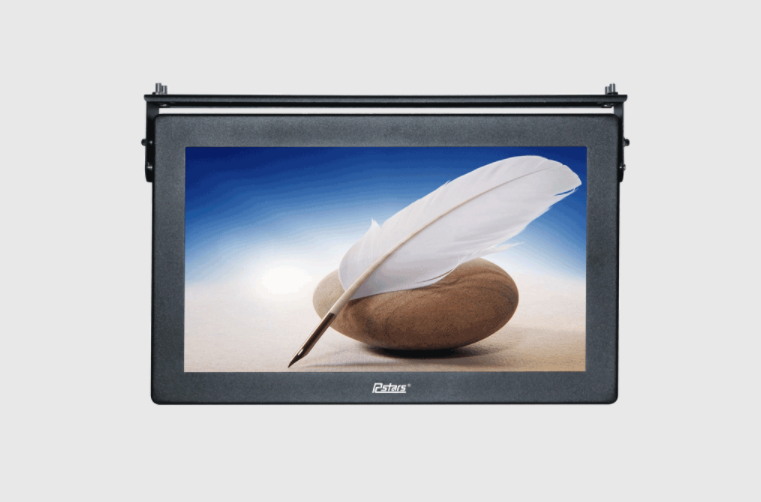
22"Bus Digital Signage display
Product Kiosks
One of the most common types of non-interactive kiosks you'll encounter are product kiosks, which are specifically designed to showcase new products. These are useful for generating hype around new items, providing information to customers, and gathering customer reactions to your ideas.
Product kiosks are typically used in retail businesses; however, you will also see restaurants and hospitality businesses using them to promote their new products and services.
Promotional Kiosk
It is used to display information about your promotions or events. Unlike product and information kiosks, a promotional kiosk should be located in or near your store. If it gets people's attention and piques their interest in your sale, then the last thing you want is to create too much inertia by placing too much distance between the event and the advertisement.
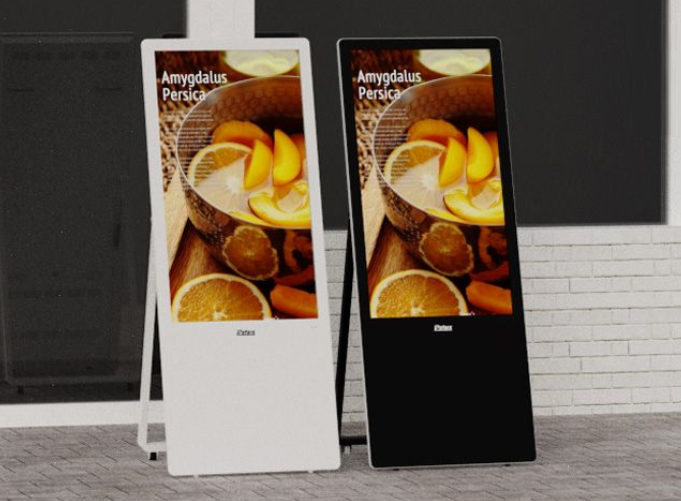
Ultra-thin LCD Digital Poster
Rcstars is one High-Tech Company, whose mission is to drive customer growth, Innovation and productivity to manufacture and supply all kinds of digital signage displays with the highest quality standards and the fastest delivery at the most competitive price, Rcstars always works on to create & introduce new technologes by using finest materials, intelligent designs and innovative applications.
Feel free to contact us if you have any questions.

